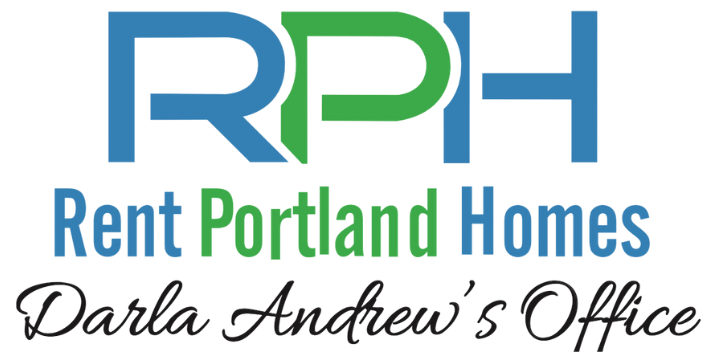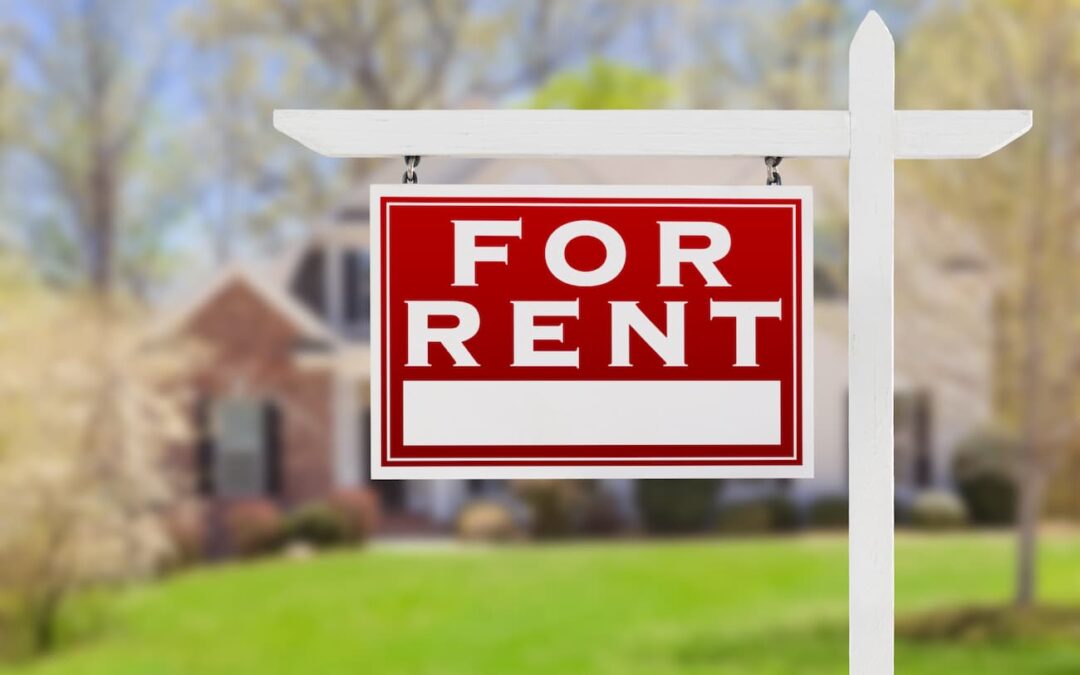Tenants come, and tenants go—but as a property manager, the goal is to ensure your property maintains a healthy vacancy rate. Several potential issues can result in tenant turnover that hurts your property’s profit margins. While sometimes it might seem impossible to prevent tenants from moving out, there are many actions you can take to keep your vacancy rate in a healthy range. Let’s take a look at how to calculate a vacancy rate, the best rate to aim for, and how to improve tenant retention in the long term.
How to Calculate Vacancy Rate
The first step in determining whether your property has a healthy vacancy rate is calculating it. Luckily, the process is quite straightforward.
To calculate your property’s vacancy rate, all you have to do is divide the number of days your property sits vacant by the total number of rentable days. For instance, if you have a single unit that has remained vacant for 16 days in a year, you would use this equation:
- 16/365 = 0.04, or a 4% vacancy rate.
For multifamily units or multiple properties, you use the same equation to calculate the individual vacancy rates for each unit. Here is an example for three properties with 31, 10, and 17 vacant days:
- 31/365 = 0.084, an 8.4% vacancy rate.
- 10/365 = 0.027, a 2.7% vacancy rate.
- 17/365 = 0.046, a 4.6% vacancy rate.
Then, to find your overall vacancy rate across all properties, you start by adding up all the vacant days across every unit, then divide it by the combined rentable days across those same units.
- 3 + 10 + 17 = 30.
- 365 * 3 = 1,095.
- 30/1,095 = 0.027, or a 2.7% total across all properties.
This total vacancy rate across all properties is important. It allows you to understand whether your high-demand properties are helping to make up for longer vacancies in other units. This helps you get the best idea of how to balance your property portfolio.
But how do you know what vacancy rates are acceptable and which are a sign that you might need to make some changes?
What Vacancy Rate Should a Rental Have?
The Federal Reserve puts the average vacancy rate in America at 6.7%. Portland’s rates are just under that, at 6% in 2022. As such, if your vacancy rate is over 6%, it may be too high. Changes in the rental market, such as fluctuating prices and demand, can quickly cause the average vacancy rate to change. This means that it’s important to keep your fingers on the pulse of your local rental market to determine how your vacancy rates hold up to the area in general.
But if you find out that your property portfolio’s vacancy rate is too high, what steps can you take to change it?
What Affects Your Vacancy Rate?
If your vacancy rate is higher than it should be, it’s important to figure out why. The following factors can dramatically impact your property and increase (or decrease) tenant turnover.
Rent Prices
In Portland’s competitive rental climate, rental prices have steadily increased in recent years. However, if you’re asking for more than the fair market rate for your rental property, tenants may overlook it in favor of rentals in their budget.
Repairs
If a tenant leaves your rental with serious damage, you may need extra time to clean up the mess after they move. This means the rental unit will stand vacant for longer than ideal until you or your contractors finish the work.
Updates
On the other hand, you may opt to update your rental in the time between finding new tenants. This can increase your rental’s overall value and allow you to bump up your rental costs as a result, but in the meantime, it will increase your vacancy rate. Be sure your updates aren’t costing you more in lost income from deferred rent.
Difficult Neighborhoods
If your rental is not in a popular neighborhood, it may not get as much attention from prospective tenants. In addition, if your community tends to have higher crime or visible effects of the homelessness crisis, it may further drive tenants to other areas.
Tips to Reduce Your Property’s Vacancy Rate
A high vacancy rate can seriously damage your ability to run a successful rental business. So if your rate is above the area’s average, it’s important to take steps to correct it. Luckily, addressing a few common issues can make an immediate and lasting impact on your rental vacancy rate.
Reduce Tenant Turnover
Tenant turnover is a part of being in the rental business. However, too much of it is often a sign that something isn’t right in your properties. By making the experience a good one for the renters you already have, you can avoid the costly and time-consuming process of having to market your rental while losing out on income during a vacancy.
Provide Appealing Amenities
A key part of being a successful landlord is figuring out what tenants want. Your property doesn’t have to be in the trendiest neighborhood or rent at the lowest market rate to attract tenants. By providing amenities tenants want and then showcasing them in your listing, you can find tenants who will love your rental and want to stay there for years.
Stay on Top of Maintenance and Repairs
Slow maintenance can be the death knell for dissatisfied renters. In addition, if you’re not taking care of your property’s essential maintenance and repairs, you may leave serious problems unaddressed. If that goes on long enough, you’ll have a big repair on your hands and an even longer vacancy while you get it taken care of.
Don’t Let Your Investment Stand Vacant
Every day your rental property sits vacant is another day of lost income. In time, and paired with the continuing costs of maintaining a property, that lost revenue can make your rental business unsustainable. If you’re struggling with high vacancy rates and need a fix, Rent Portland Homes by Darla Andrew is here to help. Our team of experts will craft a custom marketing strategy to capitalize on your rental’s assets and draw quality tenants fast. Our 48-hour maintenance and repair guarantee also ensures tenants won’t be frustrated by long waits to fix their sink. We help you get the most out of your rental property by ensuring your tenants love it. So if you want to talk about vacancy rates and what we can do to help, reach out any time.


Recent Comments